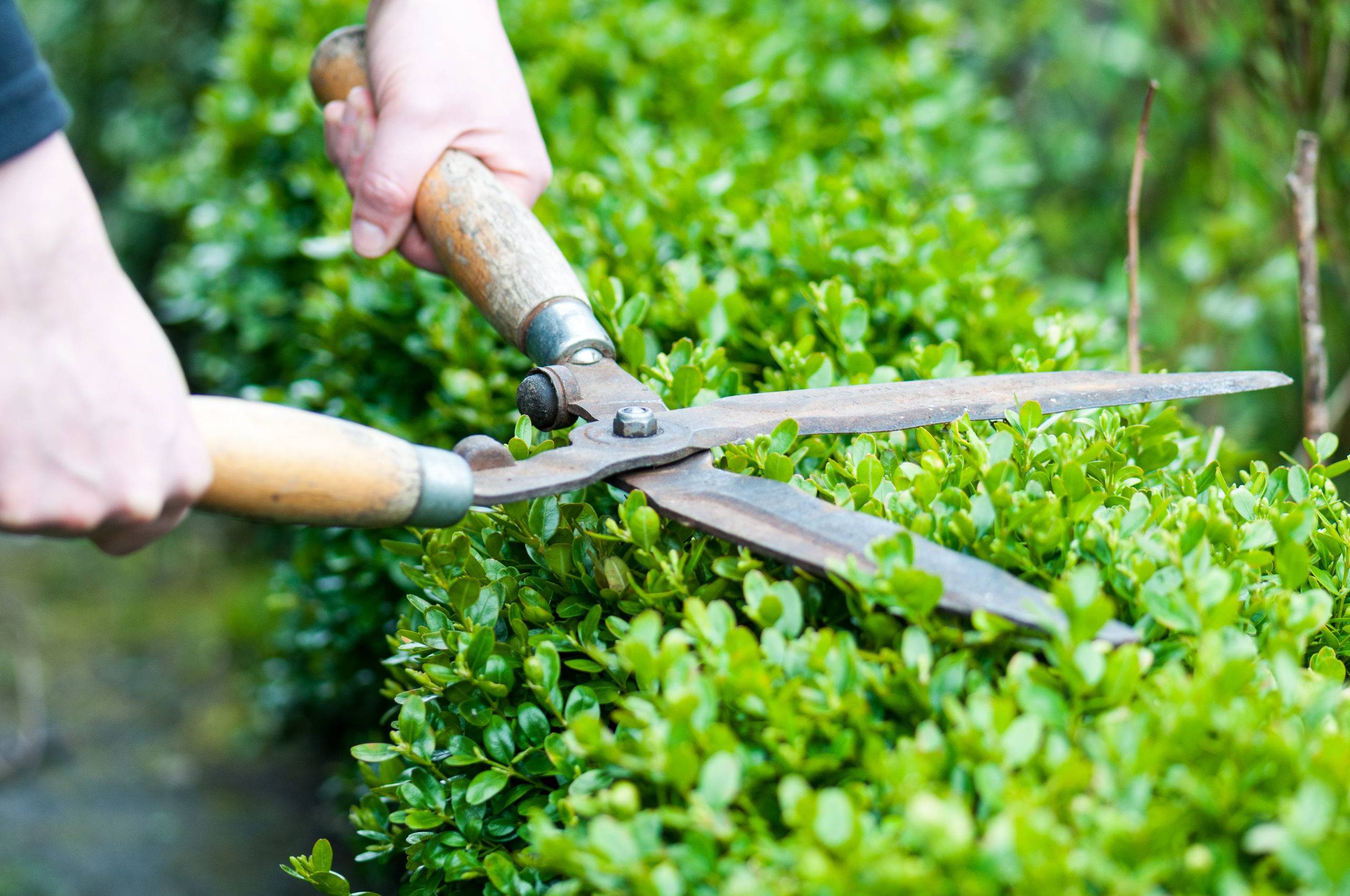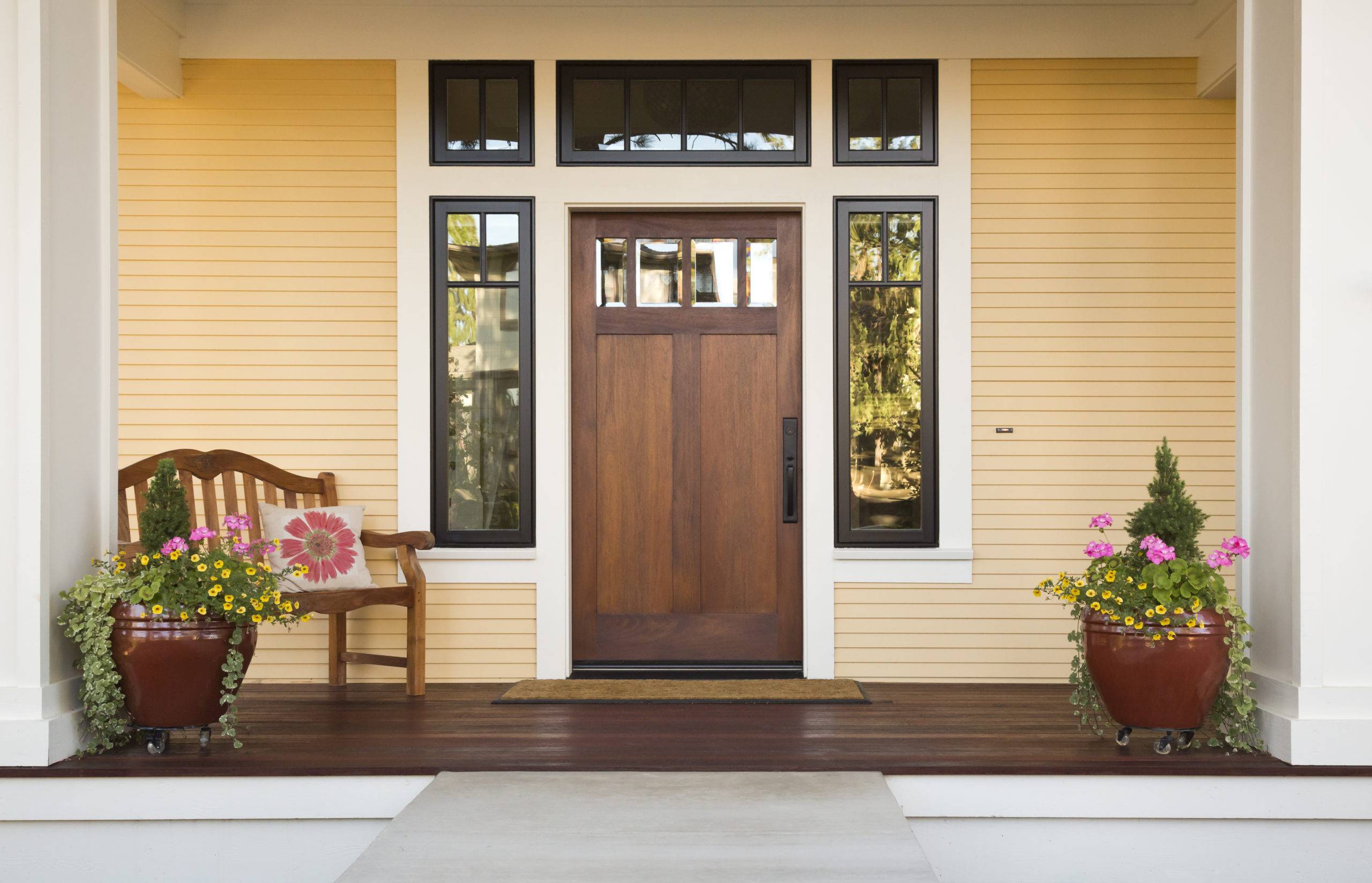Creating and Maintaining Your Perfect Outdoor Living Space

Home ownership requires a big commitment if you want your home to be in its best condition at all times. The commitment includes countless regular and periodic tasks. Interior home maintenance tasks, such as changing air conditioner/furnace filters or cleaning kitchen appliances, are often easier to remember than items on a home’s exterior to-do list. Yet, exterior maintenance is critical to your home’s long term health! Good exterior maintenance significantly helps you protect your home from the elements, keeping moisture, pests, rot, and decay out of your home. From inspecting your roof to patching gaps, pressure washing your exterior, and fixing cracks in concrete, the following exterior maintenance tasks are important for keeping your home well-cared-for year round.
Trees & Vegetation: Make sure that vegetation isn’t harming your home’s exterior. Check to make sure that tree branches aren’t hanging over your roof and damaging shingles or growing near electric lines. It’s also important to keep dense shrubbery or other vegetation away from your siding—ideally at least a foot or two of space. Adding mulch to your flower beds can reduce weeds and help retain moisture. Rake dead leaves so your grass can grow evenly.

Concrete & Foundation: Concrete can crack and erode over time, requiring periodic maintenance and filler. That said, you should fix cracks in concrete as soon as you notice them, as they are easier to repair while they’re still small. Allow them to grow, and you’ll be looking at a bigger and potentially more expensive repair job! You’ll also preserve the safety of walkways, which can become hazardous if cracks are present. And, cracked concrete is simply unattractive, so it’s a good idea to get it fixed so your home looks better. If your foundation has cracks or appears to be deteriorating, that is serious and it’s important to call a professional for repairs.
Facade (Siding, Brick, Stucco, Stone), Decking & Walkways: Cracked, mildewing, or rotting siding can spell big trouble for your home, so regularly inspect your home’s facade (regardless of the material) to catch these problems early. You should repair, paint, and even replace siding that is not in good condition. Keeping up with the paint on your home’s exterior will seal surfaces and protect your home from moisture damage. You don’t necessarily have to paint every square inch, as a touch up may be all that’s needed (note: the color may not match exactly). Just keep an eye out for areas that frequently peel or lose paint, as this can be a sign of a more serious moisture problem.
Clean and/or pressure wash your siding, deck, fences, driveway, and walkways. And while you’re at it, consider whether or not it’s time to reapply stain or sealant to your deck or wood fence. Inspect both for cracks and signs of wear and definitely repair as needed.
An annual chimney inspection will ensure that the interior and exterior of your chimney are safe and well maintained (sealed cracks in masonry, rain cap and screen installed), allowing you to avoid water damage or even birds or other pests from gaining access.
Roof and Gutters: Your roof protects your home, but you may need to make updates to ensure it keeps protecting your home. With an exterior and interior inspection of your roof, you can find signs of defects and imperfections. These issues may let moisture, rot, even pests inside your home—hence the need to resolve them immediately. An inspection will look for damaged, broken, or missing shingles, rust spots or cracked caulk on flashing, signs of decay, sagging, flashing damage, and more. Often, all that is needed is roof repair, rather than complete replacement, unless your roof is at the end of its expected lifespan.
Gutters often get clogged with leaves and other debris which can lead to problems with overflow, mold, rot, pest infestations, and even flooding damage. It can also diminish the lifespan of your shingles and paint. It’s important to make sure your home’s drainage system is free of clogs throughout the year, but especially in late fall. Be sure to inspect your gutters regularly for damage and/or sagging and repair any issues.

Doors & Windows: Homeowners should inspect and clean all external doors and windows at least once a year. Be sure to check and replace weatherstripping on doors and windows to protect your home from drafts and loss of energy. It’s also important to periodically refinish or repair rotted wood around windows and doors. Broken window screens can let pests in, so be sure to remove, repair and clean window and door screens.
Owning a home is indeed a big responsibility—and a labor of love! Give me a call at (804) 833-2130 if you have any questions about prepping your house for a future sale or just need a referral for a professional tradesperson.







